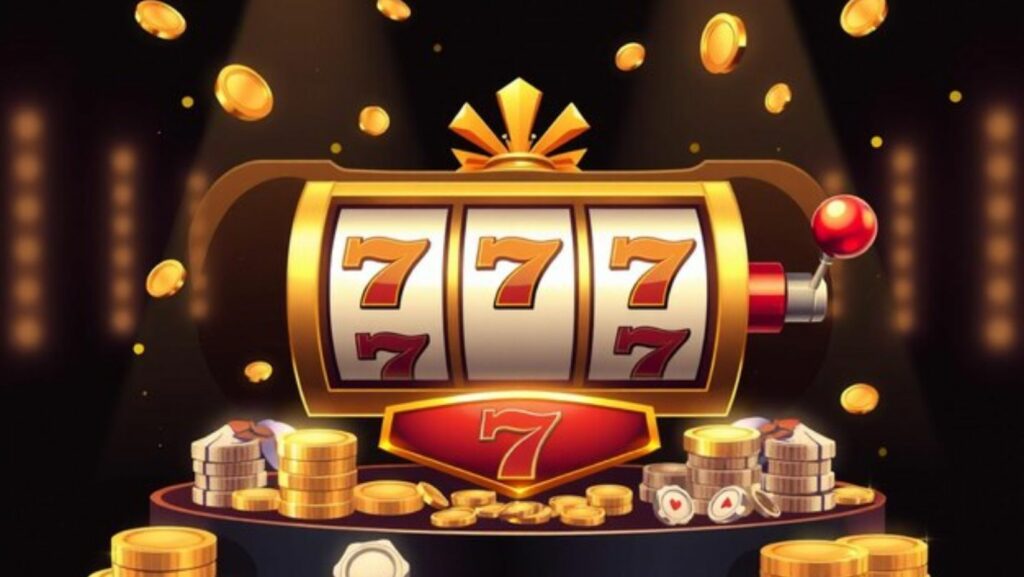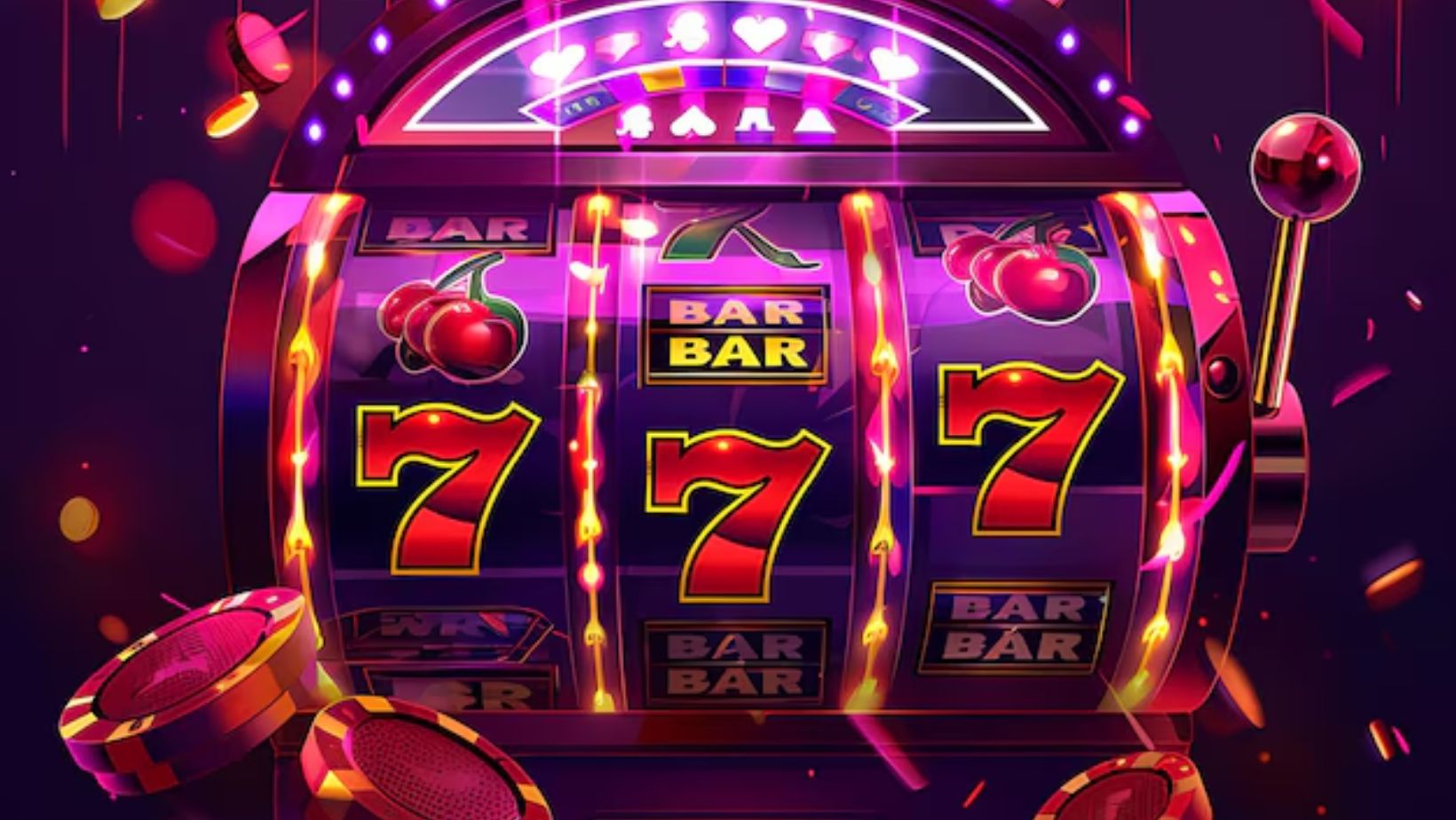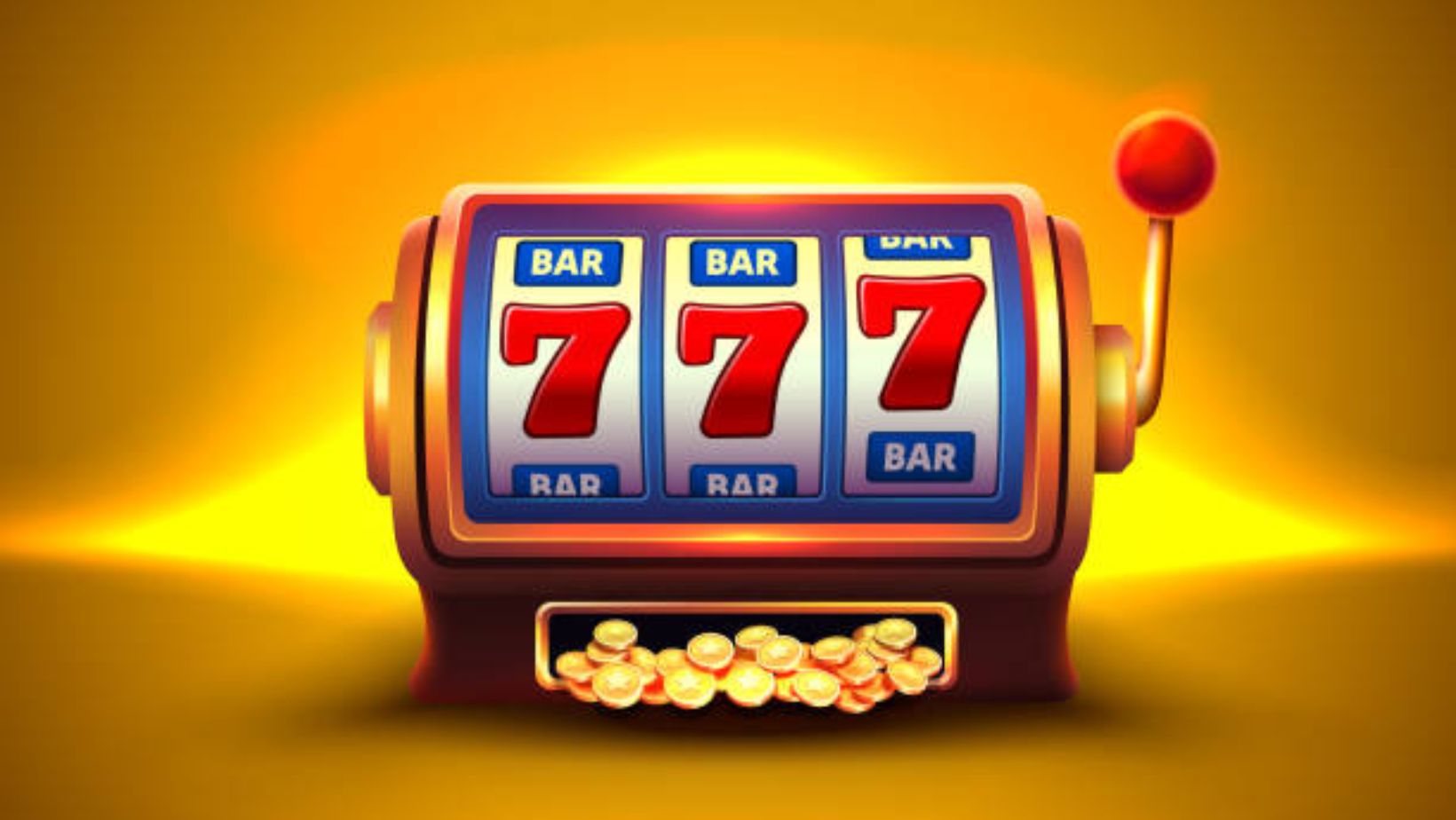
Slot game design has evolved significantly over the years, moving beyond traditional themes and embracing diverse artistic influences. Among these influences, modern art movements have played a crucial role in shaping the aesthetics and narratives of contemporary slot games. From the abstract forms of Cubism to the bold colors of Pop Art, modern art has infused slot games with creativity, innovation, and a unique visual appeal that resonates with players. This article explores the profound impact of modern art movements on slot game design, examining how these artistic styles have transformed the way slot games are both perceived and played.
The Integration of Modern Art in Slot Game Aesthetics
The integration of modern art into slot game design is more than just a visual enhancement; it’s a reimagining of how games can communicate with players. Modern art movements, characterized by their departure from traditional representation, offer a fresh perspective that aligns well with the digital nature of slot games. These movements bring an element of sophistication and intellectual engagement, allowing players to experience slot games as both entertainment and art.
Cubism: Breaking Down Traditional Forms
Cubism, pioneered by artists like Pablo Picasso and Georges Braque, revolutionized the way objects and figures are represented by breaking them down into geometric shapes. This fragmented, multi-dimensional approach has found its way into slot game design, where symbols and backgrounds often reflect Cubist influences. In these games, reels are adorned with abstract shapes and patterns that challenge the player’s perception, creating an engaging and dynamic visual experience. The complexity of Cubism also adds a layer of depth to the game, making each spin a journey through a world where form and structure are constantly in flux.
Surrealism: Dreamlike and Imaginative Worlds
Surrealism, known for its dreamlike and fantastical imagery, has had a significant impact on slot game design. This movement, associated with artists like Salvador Dalí and René Magritte, explores the unconscious mind and the boundaries between reality and imagination.

In slot games, Surrealist influences manifest in otherworldly landscapes, bizarre characters, and unexpected juxtapositions. These elements not only captivate players visually but also enhance the storytelling aspect of the game. Players are drawn into surreal worlds where anything is possible, making each game session an adventure filled with mystery and intrigue.
Pop Art: Bold Colors and Iconic Imagery
Pop Art, characterized by its use of bold colors and iconic imagery, has left an indelible mark on slot game design. Artists like Andy Warhol and Roy Lichtenstein celebrated popular culture through their work, using bright, eye-catching visuals to make a statement. In slot games, Pop Art’s influence is evident in the vibrant color palettes, comic book-style graphics, and references to popular media. This style appeals to a wide audience, offering a sense of nostalgia while also creating a fun and energetic gaming environment. The use of familiar cultural icons in slot games, such as comic book heroes or celebrities, taps into the collective memory of players, making the games instantly recognizable and relatable.
The Role of Modern Art in Enhancing Slot Game Narratives
Modern art has increasingly become an integral part of slot game design, playing a crucial role in enhancing the narratives that engage players at hoki22. Unlike traditional slot games that rely heavily on basic symbols and straightforward themes, contemporary slot games often incorporate complex storylines and rich visual elements that draw players into immersive worlds. The influence of modern art in these games has elevated the gaming experience, transforming it from mere entertainment into a form of interactive storytelling.
Visual Aesthetics and Narrative Depth
Modern art, with its diverse styles and approaches, offers a vast array of visual aesthetics that can be leveraged to create distinctive and compelling slot game narratives. Whether it’s the use of abstract expressionism to convey a sense of mystery or the incorporation of surrealism to create dreamlike game environments, modern art allows game designers to build worlds that resonate with players on an emotional level. These visual elements do more than just decorate the game; they serve to enhance the narrative, providing context and depth to the story being told through the gameplay.
For instance, a slot game designed around a fantasy theme might use modern art techniques to create intricate, otherworldly landscapes that transport players to a different realm. The art style not only sets the tone of the game but also helps to communicate the underlying narrative, whether it’s an epic quest, a battle between good and evil, or a journey through a mystical land. The visual narrative created by modern art can make the storyline more engaging, encouraging players to invest emotionally in the game.
Character Development Through Art
Character design is another area where modern art significantly contributes to slot game narratives. Characters in modern slot games are often more than just static symbols; they are dynamic figures that evolve as the game progresses. Modern art techniques allow for the creation of visually complex characters that can convey emotions, intentions, and backstories, all of which contribute to the overall narrative.
For example, a slot game that incorporates elements of cubism might present characters with fragmented and abstract features, suggesting a story of complexity and layers that players can uncover as they progress through the game.

Similarly, a game that draws on pop art might use bold, vibrant colors and exaggerated features to create larger-than-life characters that embody specific themes or cultural references, adding another layer to the narrative.
Immersive Storytelling Through Art Integration
The integration of modern art into slot game narratives goes beyond just visual appeal; it enhances the storytelling aspect of the game. By carefully selecting art styles that complement the theme and storyline, game developers can create a cohesive experience where the visuals and narrative work together to immerse players fully. This level of immersion is what sets modern slot games apart from their predecessors, offering players not just a chance to win but also an opportunity to engage with a story.
Conclusion
The influence of modern art movements on slot game design is a testament to the versatility and adaptability of both art and gaming. By incorporating elements from movements such as Cubism, Surrealism, Pop Art, Expressionism, and Minimalism, slot games have evolved into sophisticated visual and narrative experiences that go beyond mere chance. These artistic influences not only enhance the aesthetics of the games but also deepen the emotional and intellectual engagement of players. As the gaming industry continues to grow, the fusion of modern art and slot game design is likely to become even more pronounced, offering players unique and enriching experiences that blur the line between art and entertainment.












